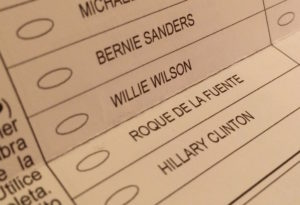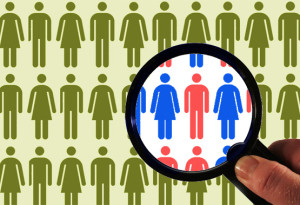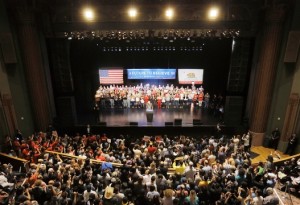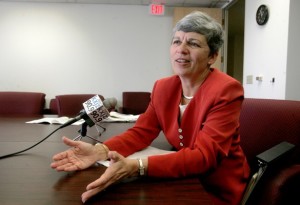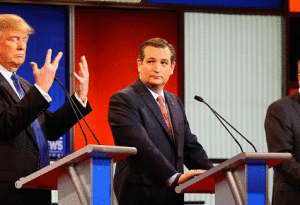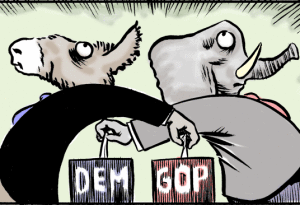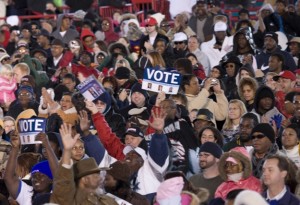Analysis
When nonpartisan voters were asked how, exactly, they were going to get a Democratic ballot, we saw evidence of widespread confusion. Nearly 60% of those surveyed either incorrectly thought that the Democratic candidates would be on their ballot — as happens in other open primary contests — or they weren’t sure how to vote in the Democratic presidential race.
Analysis
Medi-Cal is a deeply misunderstood program. It spends a lot of money, but it’s most certainly not out of control, and it is not a welfare program. The truth is that Medi-Cal is one of the state’s most cost-effective programs, serving more than one-third of Californians and half of all California children.
Analysis
California’s 2014 primary election had its fair share of surprises, but none was greater than David Evans, a virtually unknown candidate for state controller who was just seven-tenths of 1 percent away from beating both Betty Yee and John Perez to capture the coveted second spot and move on to the general election. This was a shock to political insiders, most of whom had never heard of him.
Analysis
After Hillary Clinton’s Oakland rally, Kayla, 15, had tears running down her cheeks. She was upset. Kayla, a student at Oakland’s MetWest High School, had walked to the rally site Friday with some classmates and at least one teacher. It wasn’t far: The event was held nearby at the La Escuelita Elementary School gymnasium.
Analysis
Our recent Republican and Democratic primary polls suggest that Democrat Loretta Sanchez and Republican Ron Unz are in a tight race to place a very distant second to Democratic Attorney General Kamala Harris in California’s U.S. Senate primary on June 7. It’s important: A second-place finish guarantees a spot on the November general election ballot.
Analysis
CA120: Sanders has been stronger in states like California with “open” primaries — those that allow non-Democrats voters to cast a ballot. California Democrats allow voters not registered with any other political party to vote in their primary. But the question is this: In what numbers will these non-partisans vote? Can Sanders surf this wave of support to a victory in California? The answer, according to our data, is probably not.
Analysis
Elizabeth Hill became the first woman to head the California Legislative Analyst’s Office in 1986 when she was eight months’ pregnant with her second child. For 22 years, she held one of the most important positions in state government — advising the 120-member Legislature during fractious times and sometimes clashing over policy recommendations in an increasingly partisan environment beset by the passage of term limits, deep budget cuts, and recession.
Analysis
CA120: Our online California poll of 1,165 high propensity Republican voters has Trump currently atop the leader board by a comfortable margin. Trump receives 41% of the vote, to Ted Cruz’s 23% and John Kasich’s 21%. A separate sample of 466 Republicans registered since the turn of the New Year has Trump ahead 53%-21%-15%, indicating that Trump’s overall lead among the expected turnout is a few points greater.
Analysis
One of the recent story lines in the presidential contest is the idea of voters casting their ballots strategically. This media narrative suggests that voters will cast a ballot for a candidate — not because they support that candidate, but because it is the best strategic option toward a desired outcome.
Analysis
The California Voter File is a massive and constantly changing dataset. At the end of the 2012 election cycle, it grew to over 18 million voters. But with recent purges from county election files, it has dropped down to its current 17 million. As we near a major statewide election, we expect to see an uptick in registration and growth of the overall voter file. The state’s registration is likely — again — to exceed 18 million, and potentially even reach 19 million by November.

